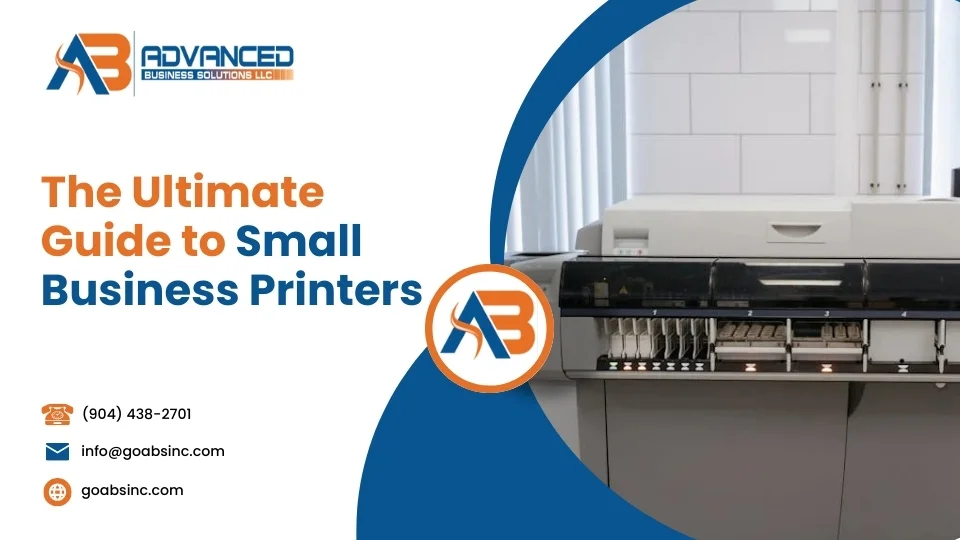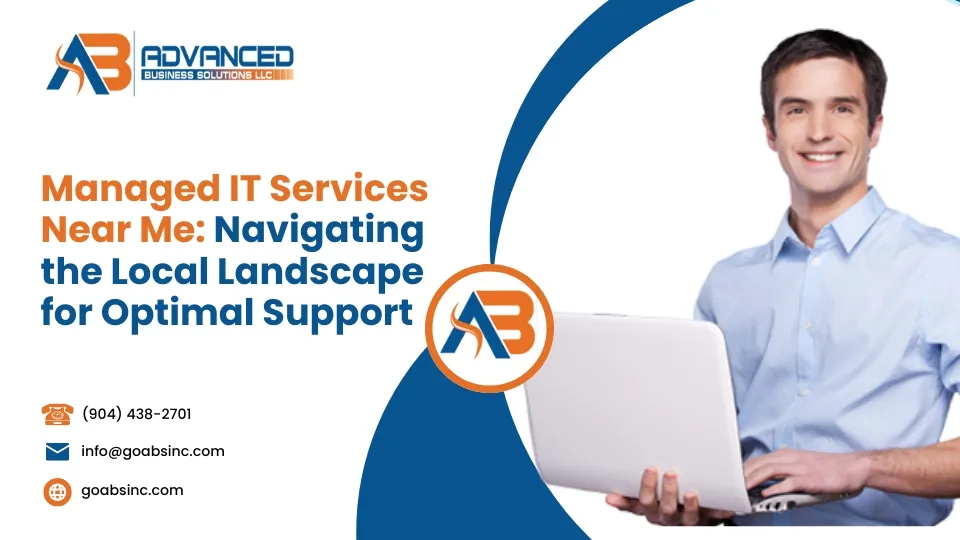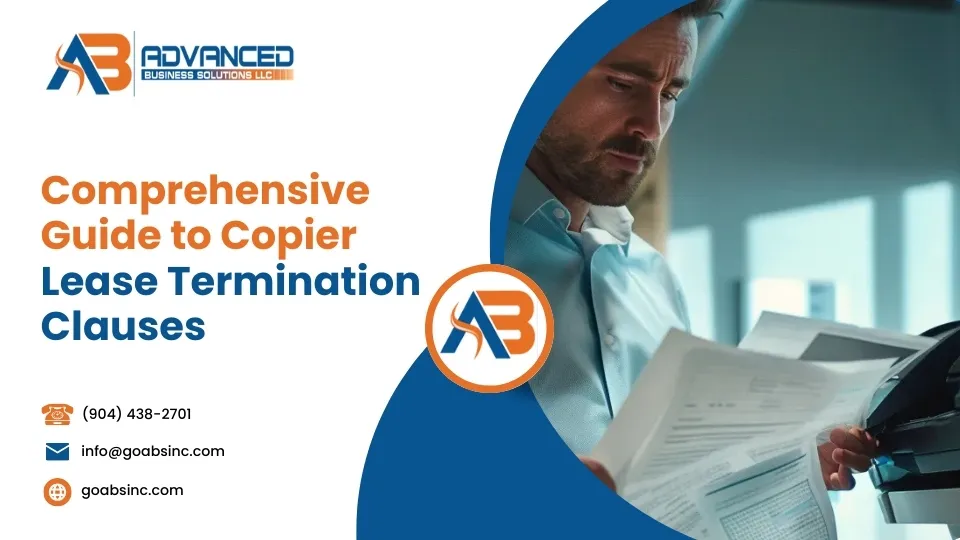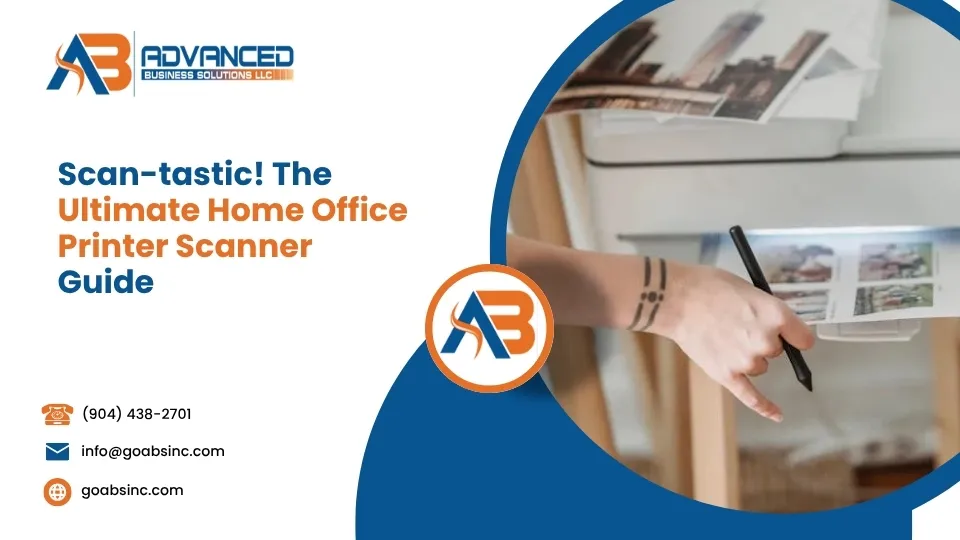When searching for the best printers for small business, it’s crucial to find a machine that balances cost, efficiency, and quality. The right printer can significantly improve your office’s productivity while keeping expenses low. For quick guidance, here’s what to consider:
- Cost-Effective Choices: Look for models that offer low long-term costs through efficient ink or toner use.
- Reliability: Select a printer that minimizes downtime with features like automated supply restocking.
- Efficiency: Opt for a model with fast printing speeds to handle large volumes when needed.
In a busy small business office, having a dependable printer is as essential as having a reliable internet connection. Small businesses often operate with tight budgets, so choosing the right printer is not just about finding something that works; it’s about making an investment that supports daily operations seamlessly. Balancing initial cost with ongoing expenses such as maintenance and supplies is key.
Printers today offer a wide range of functionalities, including multifunction capabilities that combine printing, copying, scanning, and faxing in one machine. This feature is particularly valuable for small businesses that need to maximize both space and resources. Moreover, the need for swift, high-quality output cannot be overstated in an environment where time equals money.
Choosing the right printer involves more than just picking a popular model. It requires understanding your specific needs, such as the type of documents you frequently print and the volume you handle. This ensures your choice will support your business’s growth and operational goals effectively.

Types of Printers for Small Businesses
Choosing the right printer for your small business can be a game-changer. Let’s explore the different types of printers available, each with its own set of strengths.
Multifunction Printers
Multifunction printers (MFPs) are the Swiss Army knives of the printing world. They combine printing, scanning, copying, and faxing into a single device. This makes them perfect for small offices where space is limited.
Benefits:
- Cost-effective: Save money by not buying separate devices for each function.
- Space-saving: One machine does it all, freeing up valuable office space.
- Higher speeds: Quality MFPs often boast faster printing and copying speeds compared to standalone devices.
Drawbacks:
- Traffic jams: When multiple users need to access the printer simultaneously, bottlenecks can occur.
- Limited multitasking: Some MFPs can’t perform multiple tasks at once, which might affect workflow.
Laser Printers
Laser printers are known for their speed and efficiency. They work like a photocopier, using laser beams to produce high-quality prints.
Benefits:
- Fast printing: Ideal for businesses needing to print large volumes quickly.
- Sharp text quality: Perfect for documents with lots of text.
- Cost-efficient in the long run: Though the initial cost is higher, laser printers are cheaper to operate over time.
Drawbacks:
- Higher upfront cost: More expensive than inkjets initially.
- Limited color options: Color laser printers are available but at a premium.
Inkjet Printers
Inkjet printers are versatile and can handle a variety of media types. They’re great for businesses that need high-quality color prints.
Benefits:
- High-quality color printing: Excellent for graphics and photos.
- Affordable upfront cost: Generally cheaper than laser printers initially.
- Versatility: Can print on various media types, including glossy paper and labels.
Drawbacks:
- Slower speed: Not as fast as laser printers.
- Higher long-term costs: Ink cartridges can be pricey.
Thermal Printers
Thermal printers are specialized devices often used for labels and receipts. They come in two types: direct thermal and thermal transfer.
Benefits:
- No ink or toner needed: Direct thermal printers use heat-sensitive paper.
- Durable prints: Thermal transfer printers produce long-lasting labels.
Drawbacks:
- Limited color options: Usually print in black and white.
- Fading issues: Direct thermal prints can fade over time.
Specialty Printers
For businesses with unique needs, specialty printers like wide format and 3D printers are indispensable.
- Wide Format Printers: Perfect for printing large graphics like posters and banners. Used in industries like advertising and architecture.
- 3D Printers: Create three-dimensional objects from digital models. Useful in manufacturing, healthcare, and education.
Each printer type has its own advantages and disadvantages. The key is to match the printer to your business needs and budget. Whether you need a multifunction device to save space or a laser printer for high-volume tasks, understanding these options will help you make the best choice for your small business.
Best Printer for Small Business
When selecting the best printer for small business, it’s crucial to find a balance between cost-effectiveness, high-quality output, reliability, and efficiency. Here’s how each of these factors plays a role in choosing the right printer:
Cost-Effective Solutions
For small businesses, budget constraints are often a major consideration. Multifunction printers (MFPs) offer a cost-effective solution by combining multiple functions into one device, saving money on purchasing separate machines. Additionally, inkjet printers have a lower upfront cost, making them an attractive option for budget-conscious businesses. However, keep an eye on the long-term costs, especially with inkjet printers, as ink cartridges can become expensive over time.
High-Quality Printing
Printing quality is essential, especially if your business involves producing marketing materials or client-facing documents. Inkjet printers excel in delivering vibrant color prints and are ideal for high-quality graphics and photos. On the other hand, laser printers provide sharp text quality, making them perfect for documents with a lot of text. The Brother MFC-J6955DW, for example, offers vibrant color and smoothly shaded gradients, making it suitable for most business needs.
Reliability and Efficiency
Reliability is key for any business printer. Laser printers are known for their durability and efficiency, handling high volumes of printing without frequent breakdowns. The Epson EcoTank Pro ET-16650 is a prime example of a reliable printer with very low running costs, making it an excellent choice for medium-volume needs.
Efficiency also includes speed. Laser printers tend to be faster, ideal for businesses with high print demands. They also have lower costs per page compared to inkjets, as noted in research, where laser prints can cost about 5 cents per page, significantly reducing operational expenses.
Balancing Needs and Costs
It’s important to evaluate your business’s specific needs. If your operations require frequent, high-volume printing, investing in a laser printer might be more beneficial in the long run. But if your focus is on high-quality color prints and you’re printing less frequently, an inkjet might be the way to go.
For businesses that need to print and scan larger formats, the Epson EcoTank Pro ET-16650 supports wide-format printing and scanning, making it a versatile choice.
By considering these factors, you can ensure that your investment in a small business printer is both smart and sustainable, supporting your operations effectively without breaking the bank.

Next, let’s dive into the Key Features to Consider when choosing a printer for your small business.
Key Features to Consider
When selecting the best printer for small business, weigh several key features to ensure you get the most value for your investment. Here’s a breakdown of the crucial aspects to consider:
Upfront Cost
The initial purchase price of a printer can vary widely, from as low as $50 to over $500. Inkjet printers often come with a lower upfront cost, making them appealing to businesses with tight budgets. However, it’s important to not just focus on the initial price but also to consider what you get for that cost. Multifunction printers (MFPs) might have a higher upfront cost but offer multiple functionalities, potentially saving money in the long run by reducing the need for additional devices.
Long-Term Costs
Beyond the initial purchase, consider the ongoing costs associated with the printer. Inkjet printers tend to have higher ink costs, with color prints costing about 20 cents per page, while laser printers typically offer lower costs per page, around 5 cents. Also, factor in the cost of maintenance and the frequency of cartridge or toner replacements. Epson’s EcoTank models, for instance, offer very low running costs due to their bulk-ink systems.
Maintenance Requirements
Maintenance can be a hidden cost, so it’s important to choose a printer that’s reliable and requires minimal upkeep. Laser printers are generally more robust and require less frequent maintenance compared to inkjet printers, which might need regular ink replacement and cleaning. Consider models with good customer support and warranty options to minimize potential downtime.
Printing Quality
The quality of the print is crucial, especially for businesses that produce client-facing documents or marketing materials. Inkjet printers are renowned for their high-quality color prints, making them ideal for graphics and photos. On the other hand, laser printers excel in producing sharp, clear text, making them suitable for documents with heavy text content.
Printing Speed
Speed is another critical factor, particularly for busy offices with high print demands. Laser printers generally offer faster printing speeds compared to inkjets, which can be advantageous for businesses that require quick turnaround times. For instance, the Brother MFC-J6955DW is noted for its speed and efficiency, handling large volumes without slowing down.
By carefully evaluating these features, you can select a printer that not only meets your business needs but also offers a balance between cost, quality, and efficiency. This strategic choice can lead to significant savings and improved productivity over time.
Next, we’ll address some Frequently Asked Questions about Small Business Printers to further guide your decision-making process.
Frequently Asked Questions about Small Business Printers
Is laser or inkjet better for small business?
Choosing between a laser and an inkjet printer depends largely on your business’s printing needs. If your business frequently prints documents with heavy text, a laser printer is often the better choice. Laser printers are known for their fast printing speeds and sharp text quality. They are also more cost-effective in the long run if you have a high print volume, as their toner cartridges last longer and have a lower cost per page.
On the other hand, if your business needs to produce vibrant color prints, such as marketing materials or photos, an inkjet printer might be more suitable. Inkjet printers excel in producing high-quality color images and are generally more affordable upfront. However, they can become costly over time due to the higher price of ink cartridges.
What is the most common printer used in businesses?
In many businesses, the multifunction printer (MFP) is the most commonly used type. MFPs combine printing, scanning, copying, and sometimes faxing capabilities into one device, which can save both space and money. This makes them ideal for small businesses that need a versatile machine to handle various tasks.
Among MFPs, laser multifunction printers are particularly popular in office environments. They are well-suited for high-volume printing and offer reliable performance with lower ongoing costs compared to inkjet alternatives. Their ability to handle large print jobs efficiently makes them a staple in many business settings.
How much do printers for small businesses cost?
The cost of printers for small businesses can range widely based on features and capabilities. Basic models can start as low as $50, while more advanced laser or multifunction printers can exceed $500. When budgeting for a printer, it’s important to consider not just the upfront cost but also the long-term costs associated with maintenance and supplies.
For instance, while inkjet printers might have a lower initial price, their ink cartridges are typically more expensive than toner cartridges for laser printers. This can lead to higher long-term costs, especially if your business has a high print volume. Conversely, laser printers might be more expensive initially but can be more economical over time due to their lower cost per page.
Selecting the best printer for small business involves balancing these cost factors with your specific needs, ensuring you choose a model that aligns with both your budget and operational requirements.
Conclusion
Choosing the best printer for small business is crucial, but managing your printing needs effectively is just as important. That’s where Advanced Business Solutions comes in. We specialize in managed IT services and offer flexible leasing options custom to the unique demands of small businesses.
With our expertise, you can focus on what you do best, while we ensure your printing systems run smoothly. Our flexible leasing terms make it easy to adapt as your business grows, and our automatic supply restocking means you never have to worry about running out of toner or ink at a critical moment.

Our commitment to enhancing productivity and protecting data sets us apart. By choosing Advanced Business Solutions, you’re not just getting a printer—you’re getting a partner dedicated to helping your business thrive. For more information on how we can support your printing needs, visit our printer leasing for small businesses page.











Comments are closed